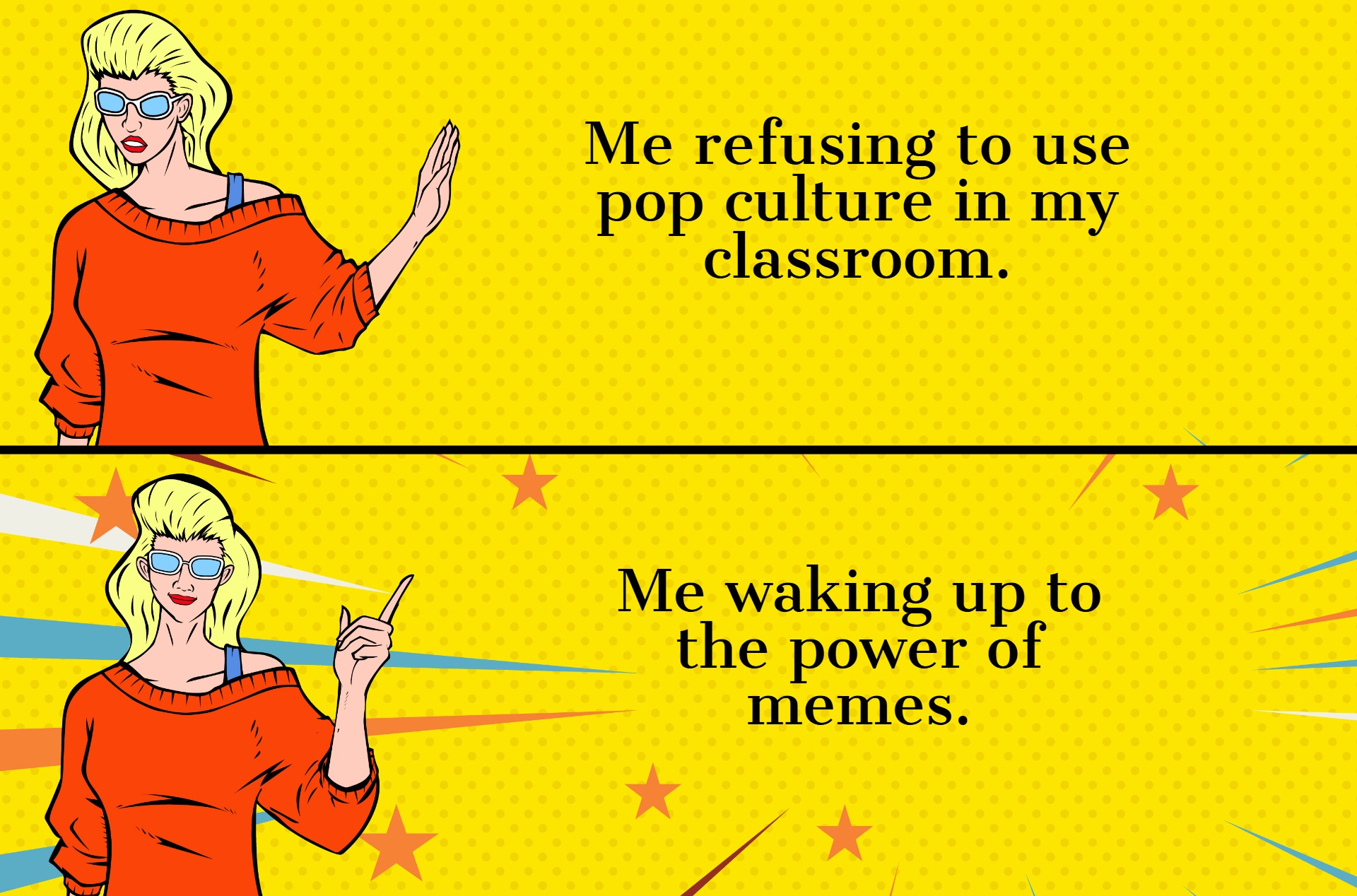Embracing vulnerability during the transition online
A conscious willingness to be vulnerable can relieve some anxiety and establish a sense of community.

For months, educational developers, instructional designers, and other educational specialists have supported university educators with the transition from in-person to online teaching. Many of them have encouraged asynchronous teaching, when possible, to ensure accessibility and flexibility for students. However, little attention has been paid to the vulnerability and frustration faculty might experience during this process. We know because we’re two of those educational developers.
It’s ironic that much of our programming has included synchronous webinars that require participants to attend at a designated time for a specific duration. Even though we’ve been encouraging asynchronous teaching, we learned through our own experience that universities also need to be honest about the potential pitfalls and frustrations faculty could experience when they attempt online teaching. The move online places most instructors in a new, vulnerable position.
In the spring we hosted a synchronous workshop called “Welcoming Students to Your Online Class.” It was designed to encourage educators to identify strategies for creating and sustaining community in their online courses. We also had a hidden objective of creating an environment where participants could experience what it means to be a learner in the online space. Both stated and hidden objectives were achieved, albeit unintentionally.
Let us tell you about our synchronous disaster
The session started strong. There were over 160 participants and they were eager to “meet” each other through the video-conferencing chat function. The workshop was going according to plan until we moved individuals into their breakout rooms. Creating small discussion groups allowed participants to collaborate, replicating how students could interact with their peers and report back to the entire class using a live document. The activity was designed to model how instructors could promote collaboration and nurture community by replicating this technique in their online classes. We knew trying an active learning technique with a large group could be risky, but in the spirit of community-building and individual vulnerability we decided it was important to make the attempt.
Once participants were in their small discussion groups, we watched the collaborative live document in anticipation. It was quickly populated as participants generated new ideas and strategies. We were excited to bring people back into the large group for a debrief and discussion about all their great ideas.
Suddenly, the unthinkable happened. The crowd-sourced document, once filled with brilliant ideas and comments, went blank! One of the participants had accidentally deleted the entire body of work. In the blink of an eye, everything disappeared. Even though we frantically tried to “undo” the erasure, it was to no avail because participants kept communicating with each other through the live document. They exclaimed:
Everything went whacky!!
What just happened? We got disconnected
Where did it all go? here too… yes here too! Didn’t get to read the comments
Yep comments and questions are missing
This is too chaotic!
I would never try this!!!
🙁
There was much confusion and disappointment. Once everyone returned to the large group, the conversation continued in the chat feature of the video-conferencing platform. In fact, there was an explosion of chat. So much chat that there was no way we could both debrief the traumatic experience and respond to the questions, comments, and concerns articulated by participants. It was overwhelming and difficult to determine whether the conversations occurring were contextualizing the experience as an enlightening incident or if participants were expressing their distress.
Lessons learned
Facilitating a synchronous online learning experience can be distracting. We had enlisted the support of a wonderful moderator, but it was difficult to ignore every time a participant got disconnected from the session and returned multiple times. Even though we knew that any internet-connection issues would force participants to “leave” the session, it was difficult not to wonder whether people were leaving because of the workshop content or (even worse) facilitation. We can only imagine how frustrating this could be if we were trying to teach a class synchronously.
Similarly, as facilitators, it was nearly impossible to monitor the chat. In part, the volume of questions and comments could have been attributed to our goal to cultivate a welcoming community feel to the webinar. We intentionally encouraged participation at the beginning of the session and normalized it by asking participants to say “hello” and respond to various questions through the chat feature. This practice aligned with the literature about creating vibrant online learning communities and even prior to the live-document disaster, the participant conversation was very robust. While the activity in the chat feature was encouraging, the inability to directly respond to participants was anxiety inducing, especially for two instructors who love engaging in class discussions. Certainly, in a synchronous course an instructor should consider how a TA or even student groups could monitor and facilitate the chat.
Teaching requires a certain level of trust and vulnerability. It has been well established that collaborative learning in large groups supports community building and increased student learning (Blayone et al. 2017; Garrison, 2016; Lenning et al., 2013). Additionally, an aspect of community building is individual vulnerability and we were willing to take a risk and trust that the newly formed community would rally around us so we could learn from any possible failures. We were modelling good pedagogy by facilitating small group collaboration. As participants in this webinar were almost exclusively faculty, they were experiencing how students may in the future rally and support their risk-taking adventures in online teaching.
Neither synchronous nor asynchronous online teaching can be expected to replicate face-to-face courses. However, just like in-person teaching, there’s an element of uncertainty and surprise. Instructors can do their best to test technology and rehearse, but often we’ll encounter the unexpected. In our webinar, we fully anticipated that we would experience internet issues, potential problems assigning participants to small breakout groups, and difficulties managing the chat feature. The deletion of the entire collaborative document was a problem that we hadn’t imagined. Instructors won’t be able to predict every potential scenario, but a conscious willingness to be vulnerable can relieve some anxiety and establish a sense of community. Not only do we need to show humility and kindness to our students, but also to ourselves.
Susan L. Joudrey is the senior educational developer (curriculum) in Dalhousie University’s centre for learning and teaching. Mabel Ho is the curriculum developer in the faculty of graduate studies at Dalhousie University.
Featured Jobs
- Psychology - Assistant Professor (Speech-Language Pathology)University of Victoria
- Canada Excellence Research Chair in Computational Social Science, AI, and Democracy (Associate or Full Professor)McGill University
- Business – Lecturer or Assistant Professor, 2-year term (Strategic Management) McMaster University
- Veterinary Medicine - Faculty Position (Large Animal Internal Medicine) University of Saskatchewan















Post a comment
University Affairs moderates all comments according to the following guidelines. If approved, comments generally appear within one business day. We may republish particularly insightful remarks in our print edition or elsewhere.
1 Comments
Love reading your lessons learned!